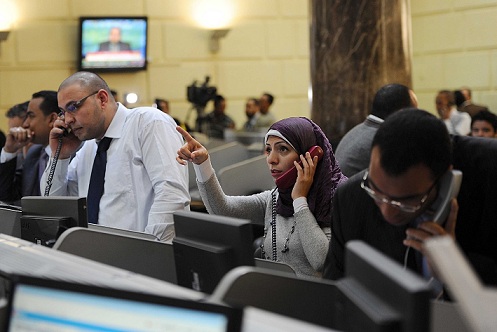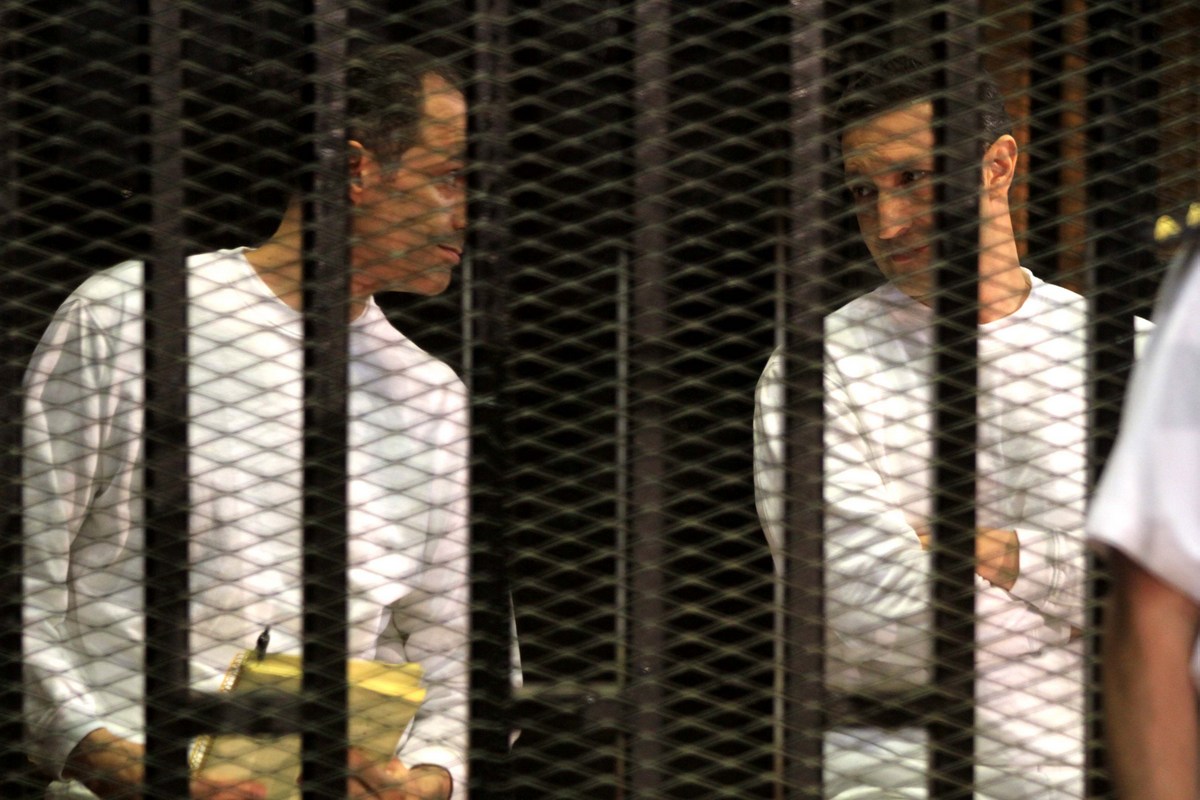By Mohamed Adel and Mohamed Anis

With the electricity crisis worsening and blackouts becoming more common in recent months, , the Daily News Egypt has interviewed Hafez El-Salmawy, head of the Egyptian Electric Utility and Consumer Protection Regulatory Agency (EGYPTERA).
What are the real reasons for the current blackout crisis?
The main problem is the lack of fuel meant for [power] plants. About 110m metres of gas and gas equivalents are pumped, while the actual requirement of the plants stands at 125m metres.
The real reason for the electricity crisis is the deficit in the fuel supply, not a deficit in resources, as some allege by saying that Egypt is a fuel producer.
The fiscal deficit in paying dues owed to foreign partners in the oil sector has forced the sector to stop looking for new fields, setting up newly discovered gas wells on the production line, and continuing the search process, which has led to the problems we face on a daily basis due to the power outages.
What is the story behind the disconnection of the Giza North and Banha power stations from the power grid?
The information about the disconnection of these stations from the power grid is true. These stations use diesel fuel which leads to the separation of the stations from the grid in order to reduce fuel consumption. They will only be working at peak times.
What are the losses faced by the electricity sector annually?
The Ministry of Electricity estimates the losses faced in the past fiscal year at about EGP 27bn, as a result of the decreased service price and increased actual costs. The increase in electricity prices recently approved by the government will keep the ministry’s losses the same as last year’s, as the losses were expected to reach EGP 37bn during the current fiscal year if electricity prices were not raised.
What is the impact of the increased electricity prices on sector losses?
These new prices will add about EGP 10bn in extra revenue for the ministry, which will reduce expected losses. By 2019, we will reach the cost price.
Why do the financial entanglements between the ministries of electricity, petroleum, and finance remain unresolved?
They remain unresolved because the Ministry of Electricity transfers its debt problem of about EGP 17bn to the Ministry of Petroleum, and the Ministry of Petroleum then dumps the problem on the Ministry of Finance.
But dues owed to the Ministry of Electricity by various parties still amount to less than its own debts, in view of the losses faced by the electricity sector on an annual basis.
What sectors are least committed in paying their dues to the Ministry of Electricity?
Most government agencies are the least committed in paying the ministry back.
Why is the electricity supply for water plants cut at certain times?
The water utility has always claimed to have its power cut. But, power cannot be cut on water stations and sanitation. There is an extra power line to water stations for emergency situations, and in the case that there’s a malfunction on this line, there is an extra generator for the water stations as well.
There is also a state of neglect in water stations, where they do not report any faults or problems immediately, which is what leads to power outages at the stations.
How much do government agencies owe to the Ministry of Electricity in terms of their energy consumption?
The sum has reached EGP 11bn across government agencies, and dues settlements are made through local governments via payment of money for maintenance work or through payment of taxes.
Do power plants have a monitoring system for operational efficiency?
We have programmes at power stations that determine the difference between the existing and required indicators. This system has a total of 16 indicators, including four which measure efficiency, reliability, operability, and environment.
EGYPTERA also encourages companies to achieve their required rates. Contracts with these companies determine the fines in the event of a default.
A new system for detailed assessment of plants has been put in place and it identifies the causes behind any deterioration in efficiency within the plants. The system was developed at EGYPTERA in order to understand why efficiency decreases in plants.
This system does an analysis of the thermal efficiency of each of the components of these stations. The system is applied to thermal stations but will be circulated to all stations soon.
What are the current circumstances behind the special tariff for new and renewable energy?
The special tariff will be issued soon, as the Cabinet is currently studying and evaluating it.
EGYPTERA is currently examining the general rules governing the new tariff, in accordance with the value, structure, and capabilities of the project. In addition, it is studying the conditions to apply the tariff and who is meant to benefit from it.
The agency has also hired global experts to develop the distinctive design of the tariff, including a German international expert. It is also trying to put specific mechanisms to adjust the price in place, in order to ensure that the investor has a fixed return on his investment, and is also attempting to develop a full concept for such projects.
Used equipment and bad work sites will not be used for these projects. In the case that equipment becomes damaged, it is up to the investor to pay for repairs and maintenance of the equipment. EGYPTERA has no commitment to paying the owner of the project. The principle of distinction between the consumer and investor is included in the special tariff.
There is a need to study the mistakes of other countries that have preceded us in applying a special tariff, noting the low tariffs applied by Turkey and Italy, in which they were committed to purchase 12,000MW at very high prices which had to be borne by the state.
Will the tariff also include solar and wind projects?
There is a difference between tariffs on solar energy and tariffs on wind energy, in which the tariff on solar energy is less than on wind energy, as wind energy is acquired from large desert expanses while solar energy is distinct in its stability and its presence in every area.
The price of renewable energy is higher than the price of conventional energy, in spite of the existence of subsidies for renewable energy.
Will the customs value be adjusted on equipment for new and renewable energy projects?
There is a 2% customs tax on equipment for renewable energy equipment which comes within the decision to put forth incentives to encourage investment, and I see that 2% is a reasonable number, given that there is no sales tax on this equipment.
If there were any taxes to be applied on this equipment, it would be under the special tariff decided by the Cabinet. It will be borne by the state and added to the special tariff.
Adel and Mohamed Anis



